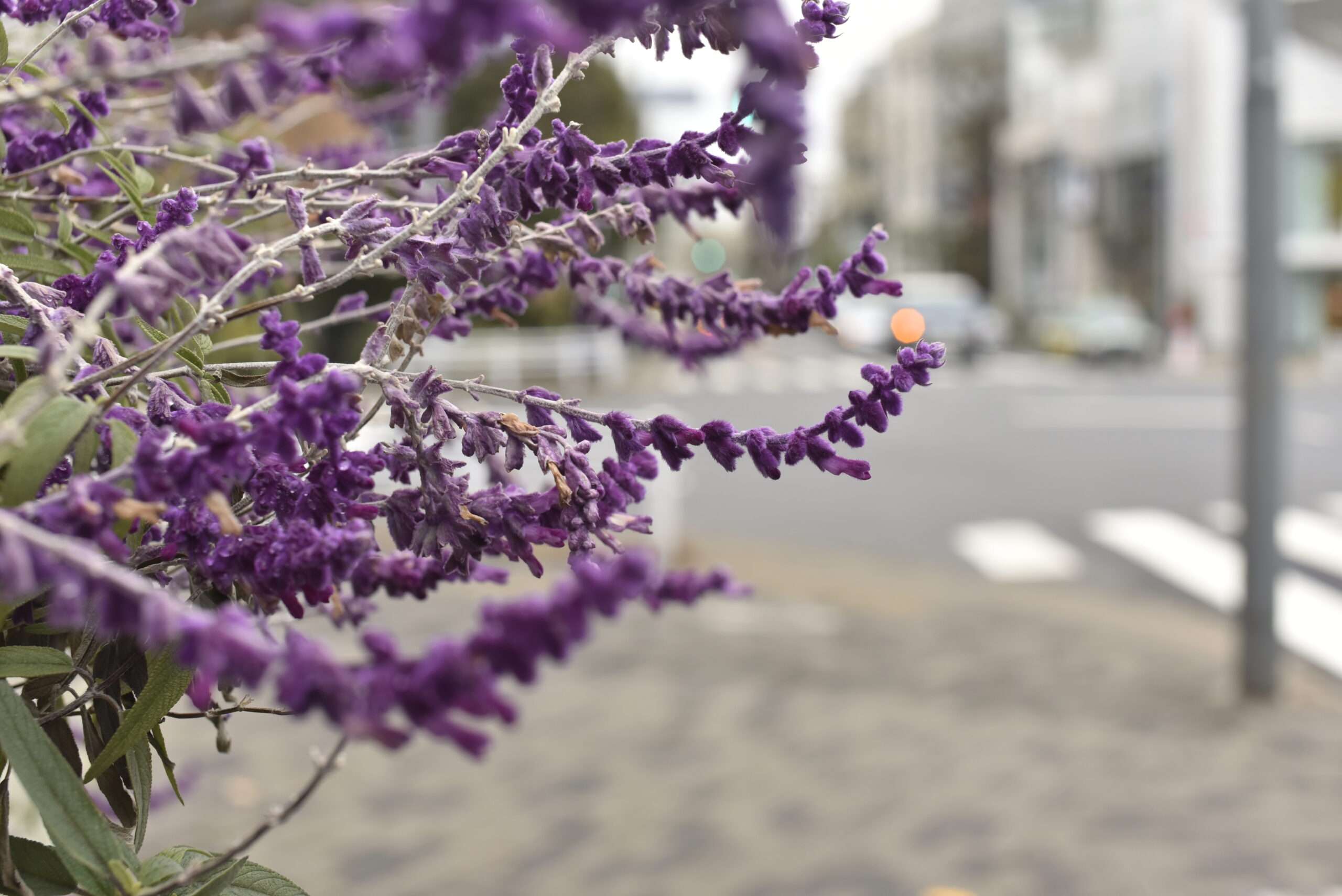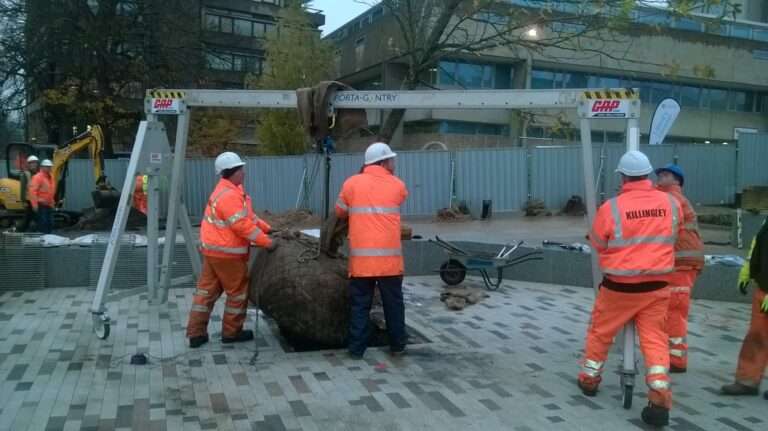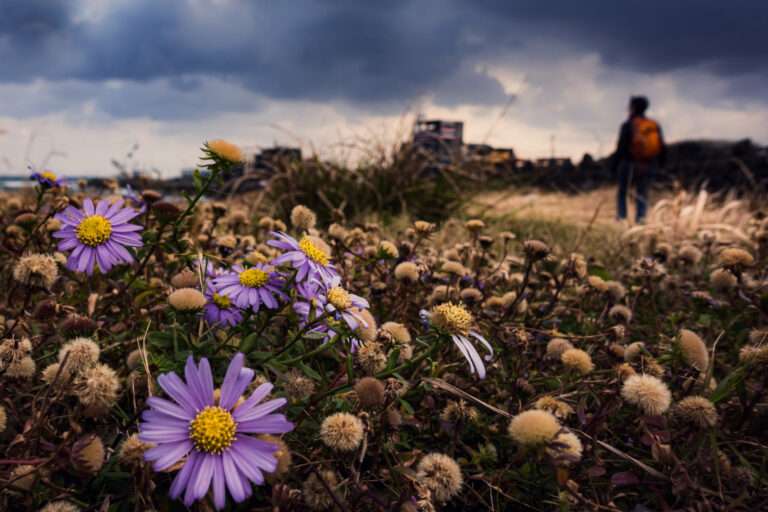15 Resilient and Attractive Plants for Urban Amenity Spaces in the UK
Urban amenity spaces are essential to community wellbeing, biodiversity and placemaking—but their planting schemes must work hard. Between pollution, poor soil, limited water, foot traffic and public scrutiny, the plants used in urban environments need to be robust, low-maintenance and visually appealing year-round.
Selecting the best plants for urban amenity spaces isn’t just about looks. The right choices can reduce maintenance costs, boost biodiversity, improve air quality, and help shape positive public perceptions. In this blog, we explore 15 top-performing species and cultivars ideal for UK towns, cities, and commercial landscapes.
Why Plant Choice Matters in Urban Settings
✔ Withstands Harsh Conditions
Urban environments are often dry, compacted, exposed to wind and heat-reflective surfaces. Plants must be resilient to survive.
✔ Offers All-Season Appeal
Amenity spaces need to look good in all seasons—especially in civic centres, car parks, business parks and residential zones.
✔ Low Maintenance
With public budgets under pressure, urban planting schemes must thrive with minimal input: little pruning, infrequent watering, and resistance to pests.
✔ Supports Biodiversity
Using pollinator-friendly species and diverse planting palettes can significantly boost ecological value, even in built-up areas.
For broader support on strategy and implementation, see our amenity planting services page.
Best Shrubs and Perennials for Urban Amenity Spaces
1. Lavandula angustifolia (English Lavender)
- Benefits: Drought-tolerant, pollinator magnet, fragrant
- Best Use: Mass planting, edging, sunny areas
2. Geranium ‘Rozanne’ (Hardy Cranesbill)
- Benefits: Incredibly long flowering season, ground cover
- Best Use: Under shrubs, bedding, difficult soils
3. Sarcococca confusa (Sweet Box)
- Benefits: Evergreen, winter scent, thrives in shade
- Best Use: Entrances, shaded corners, structure planting
4. Cornus sanguinea ‘Midwinter Fire’ (Dogwood)
- Benefits: Winter stem colour, wildlife value
- Best Use: Seasonal beds, focal points
5. Euphorbia characias subsp. wulfenii
- Benefits: Evergreen, architectural, drought-tolerant
- Best Use: Statement borders, gravel gardens
Best Trees for Compact Urban Areas
6. Amelanchier lamarckii (Juneberry)
- Benefits: Compact size, blossom, berries and autumn colour
- Best Use: Streetscapes, pocket parks, car parks
7. Pyrus calleryana ‘Chanticleer’ (Ornamental Pear)
- Benefits: Upright form, pollution-tolerant, long leaf retention
- Best Use: Narrow verges, walkways
8. Acer campestre (Field Maple)
- Benefits: UK native, good in pollution, tolerates pruning
- Best Use: Large schemes, mixed tree lines
Grasses and Ground Covers for Visual Texture
9. Festuca glauca (Blue Fescue)
- Benefits: Clump-forming, drought-tolerant, year-round structure
- Best Use: Mixed beds, planters
10. Sesleria caerulea (Moor Grass)
- Benefits: Low, tidy, soft movement
- Best Use: Mass planting in formal or naturalistic schemes
11. Vinca minor (Lesser Periwinkle)
- Benefits: Evergreen, dense mat, tolerates shade
- Best Use: Under trees, shaded verges
Biodiversity-Boosting Wildflowers and Herbs
12. Achillea millefolium (Yarrow)
- Benefits: Pollinator-rich, long flowering
- Best Use: Wildflower mixes, meadows, roadside edges
13. Salvia nemorosa ‘Caradonna’
- Benefits: Hardy, vivid colour, drought resistance
- Best Use: Pollinator planting, mixed borders
14. Thymus serpyllum (Creeping Thyme)
- Benefits: Scented, low-growing, good on slopes
- Best Use: Gaps in paving, green roofs
15. Knautia arvensis (Field Scabious)
- Benefits: Supports butterflies and bees
- Best Use: Meadow edges, informal schemes
Frequently Asked Questions
What makes a plant suitable for urban planting?
Resilience is key. Urban plants must tolerate wind, poor soil, drought, salt, vandalism and foot traffic. Compact form, long flowering, and low maintenance are bonuses.
Are native plants always better?
Native plants support local biodiversity and are often more resilient to UK conditions. However, well-chosen non-natives can offer additional seasonal interest and structural value.
Do amenity plants need irrigation?
Initial watering helps establishment, but after that, schemes should rely on drought-tolerant species and mulch to retain moisture. Avoid high-maintenance plants in exposed areas.
Can wildflowers work in urban schemes?
Yes, but they require careful soil preparation and ongoing management. Choose UK-native mixes and use on verges, pocket parks, or formal meadows.
Conclusion
Designing a successful urban amenity space starts with choosing the right plants. By focusing on hardy, attractive and wildlife-friendly species, you create vibrant public spaces that stand the test of time, with minimal maintenance.
The best planting schemes blend structure, texture and seasonal colour—while also delivering on ecological, aesthetic and practical performance. With the right palette, even the toughest urban environments can become green, welcoming and inspiring.
Killingley Insights is the editorial voice of NT Killingley Ltd, drawing on decades of experience in landscaping, environmental enhancements, and civil engineering projects across the UK.








